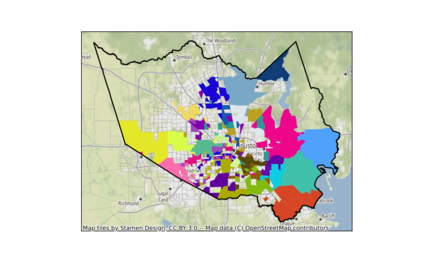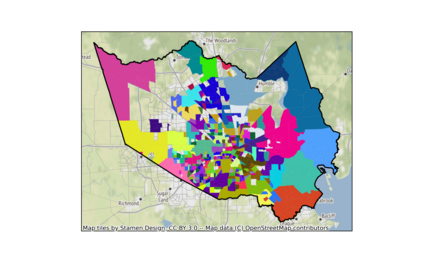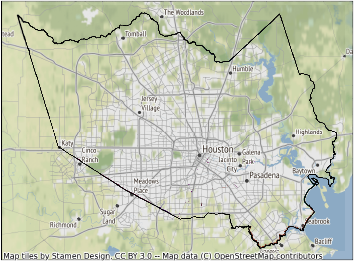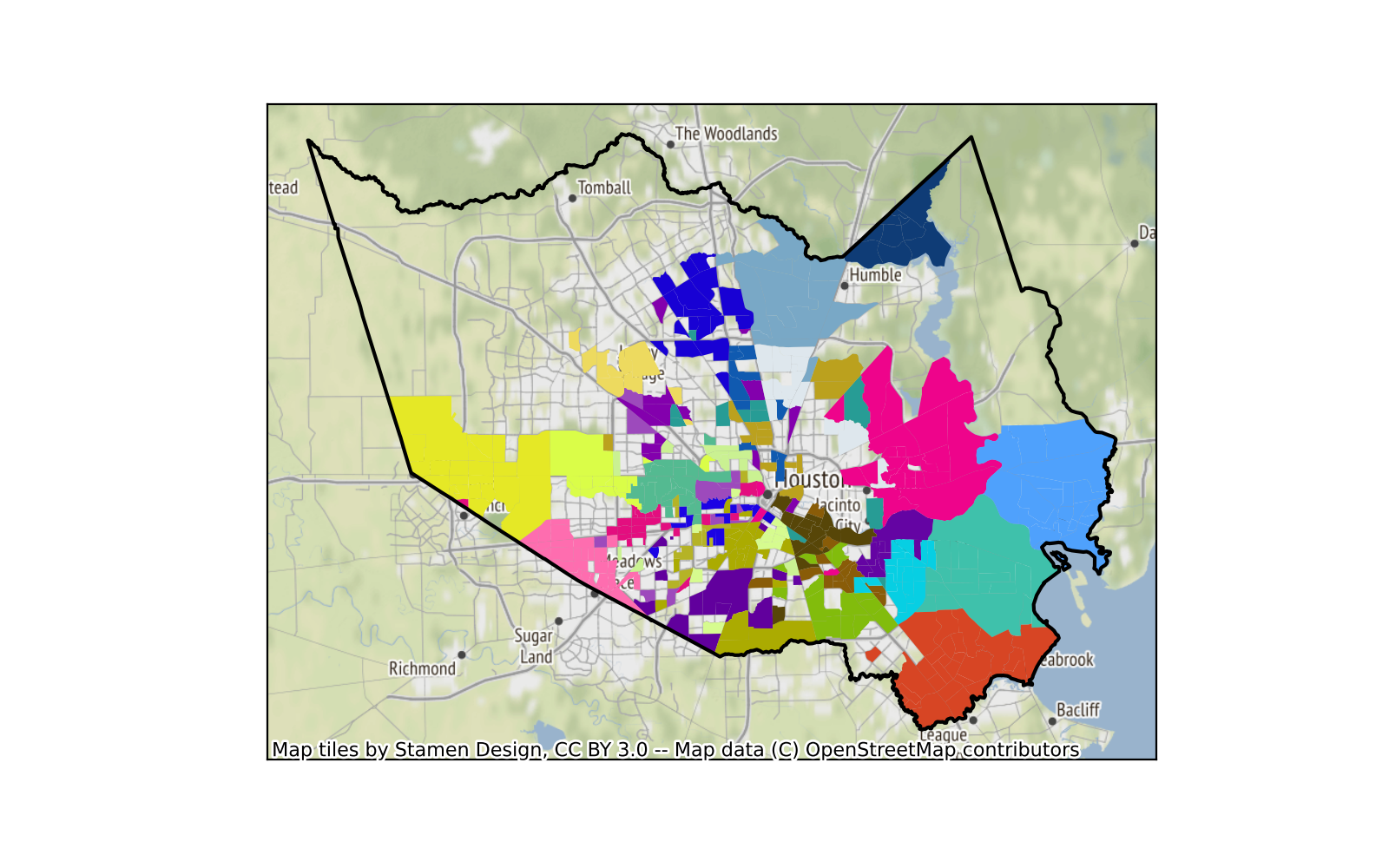Community formation in socio-spatial human networks is one of the important mechanisms for ameliorating hazard impacts of extreme weather events. Research is scarce regarding latent network characteristics shaping community formation in human mobility networks during natural disasters. We examined human mobility networks in Harris County, Texas, in the context of the managed power outage forced by Winter Storm Uri to detect communities and to evaluate latent characteristics in those communities. We examined three characteristics in the communities formed within human mobility networks: hazard-exposure heterophily, socio-demographic homophily, and social connectedness strength. The analysis results show that population movements were shaped by socio-demographic homophily, heterophilic hazard exposure, and social connectedness strength. The results also indicate that a community encompassing more high-impact areas would motivate population movements to areas with weaker social connectedness. Hence, the findings reveal important characteristics shaping community formation in human mobility networks in hazard response. Specific to managed power outages, formed communities are spatially co-located, underscoring a best management practice to avoid prolonged power outages among areas within communities, thus improving hazard-exposure heterophily. The findings have implications for power utility operators to account for the characteristics of socio-spatial human networks when determining the patterns of managed power outages.
翻译:在社会空间人类网络中形成社区是缓解极端天气事件危害影响的重要机制之一。关于自然灾害期间影响人类流动网络形成社区形成的潜在网络特征的研究很少。我们考察了得克萨斯州哈里斯县的人类流动网络,这是在冬季风暴乌里岛强制实行控制下断电的背景下,以探测社区并评估这些社区的潜在特征。我们考察了人类流动网络中形成的社区的三个特征:危险接触热、社会-人口同质和社会连接强度。分析结果表明,人口流动是由社会-人口同质、异血生物学危险暴露以及社会连接强度所决定的。结果还显示,一个影响较大的社区将推动人口向社会联系较弱的地区移动。因此,研究结果揭示了影响人类流动网络中社区形成危险应对作用的重要特征。在管理性断电网络中,形成社区在空间上处于同一位置,强调一种最佳管理做法,以避免社区内地区之间长期断电,从而改善危害-遗传风险暴露和社交联系强度。结果显示,在确定电力运营商对社会功能特性的管理时,对管理电源网络具有影响。








